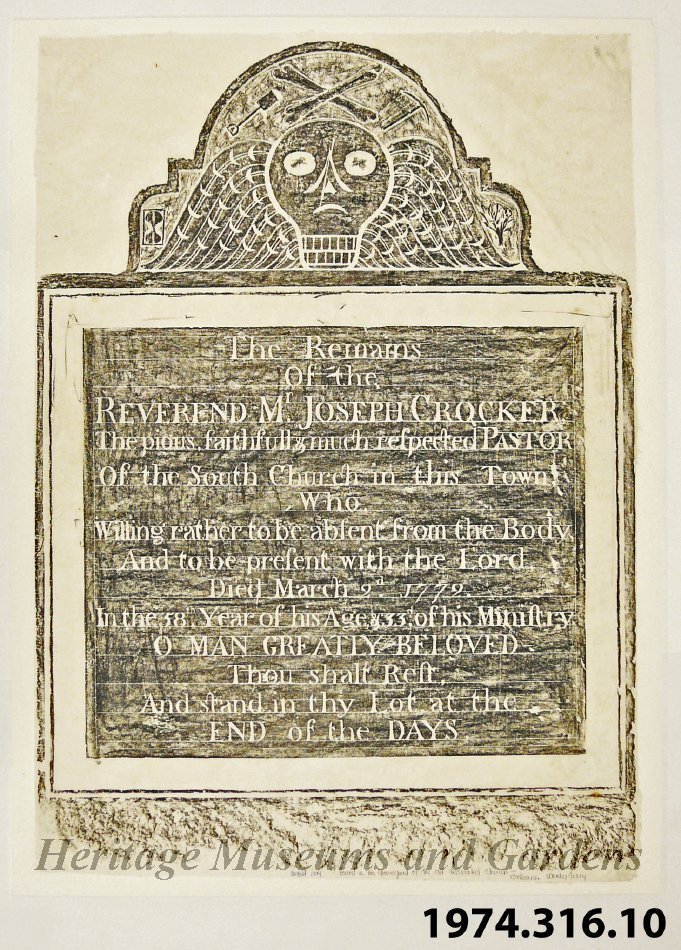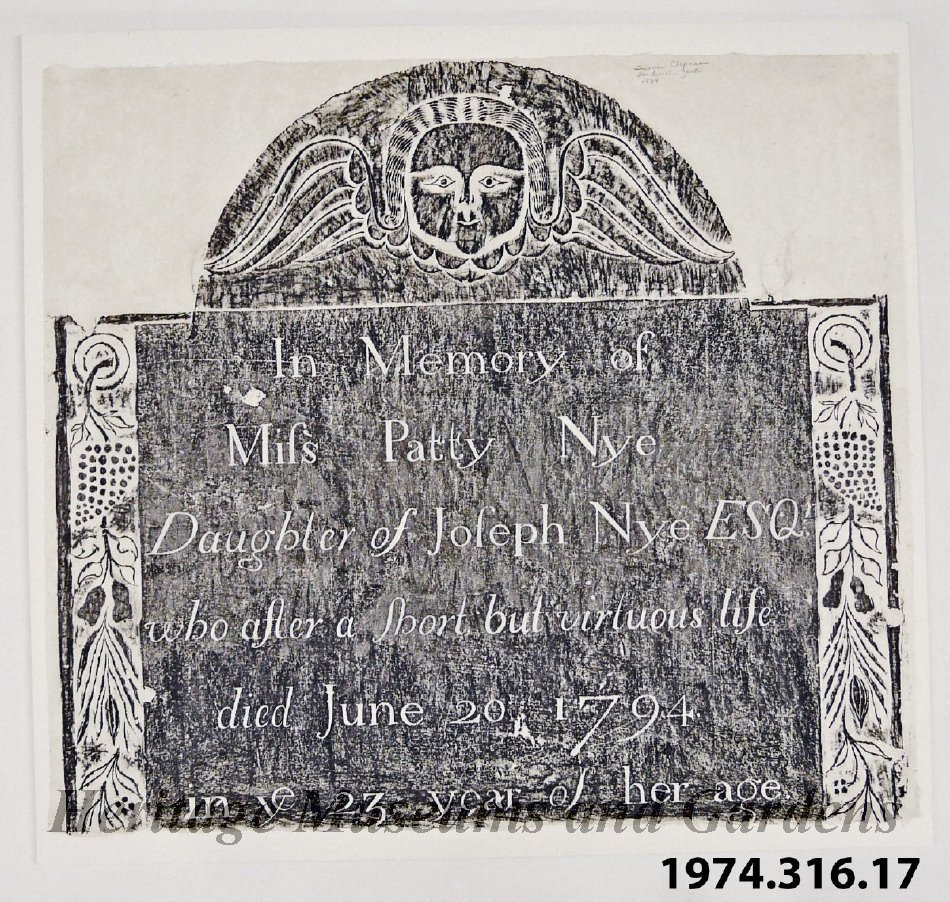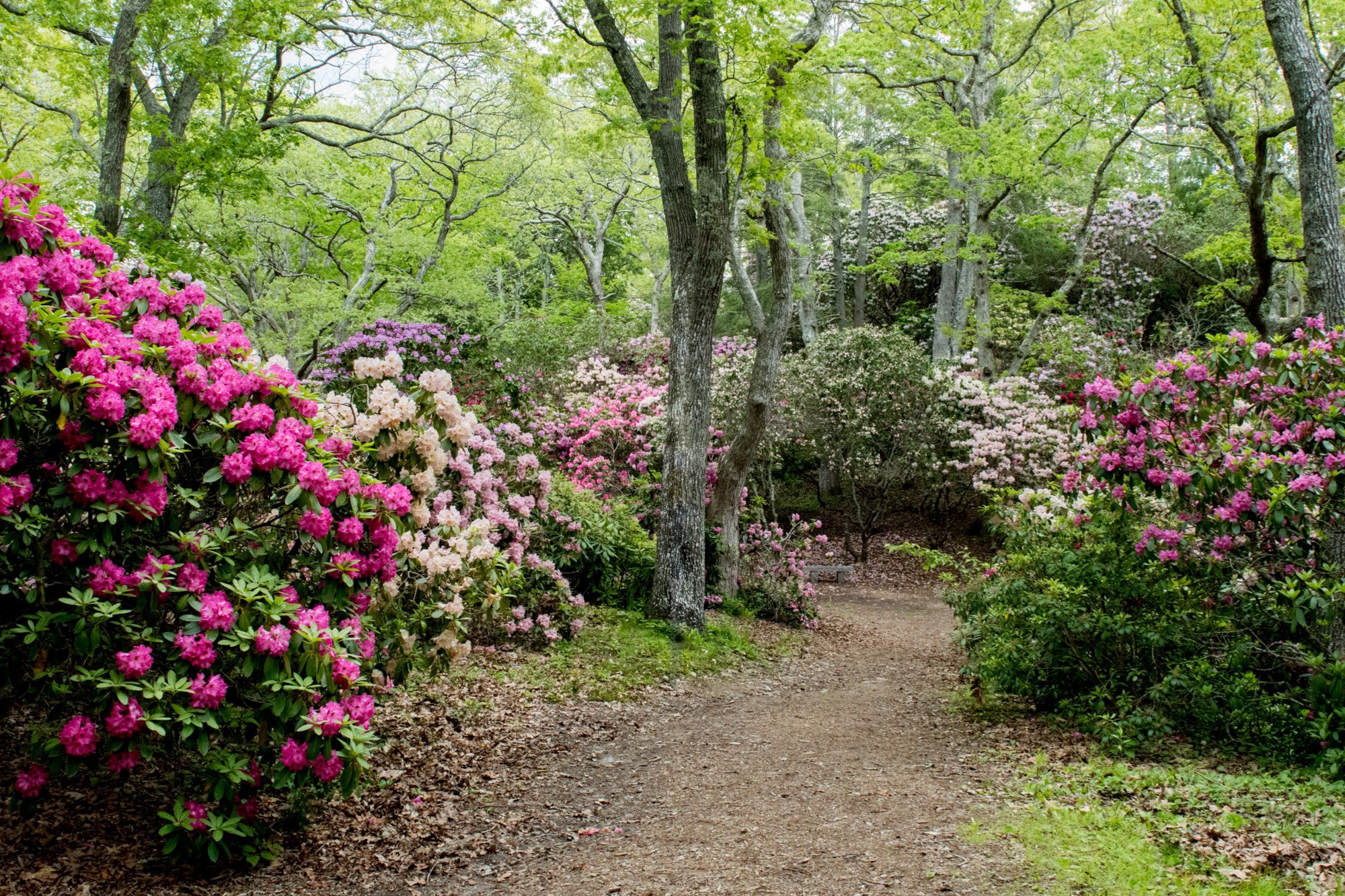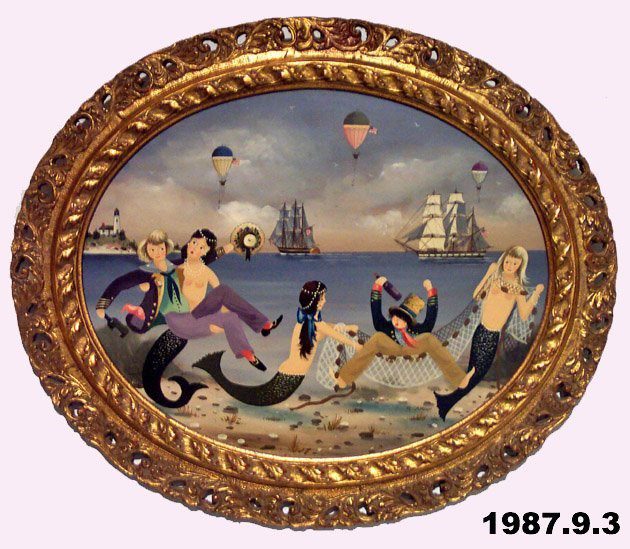Have you ever considered that graveyards are like outdoor museums? A walk through one will take you back in time and face to face with the people of the past. Cemeteries can reveal information about historic events, religions, lifestyles, and genealogy. The epitaphs tell us of lives cut short by tragedy or long lives spent entirely within a stone’s throw of their final resting spot.
Heritage has an amazing collection of rubbings of local gravestones taken in the 1970s by students at Cape Cod Community College. Each gravestone has its own distinct narrative and symbolism. The symbols carved into stones commemorating the dead can reveal a lot about the deceased’s beliefs and philosophies, or at least those attributed to them by their families when they were buried. Here are some common symbols you might find in local historic burial grounds:
 The vast majority of gravestones from the 1600s through 1750 on Cape Cod feature a winged skull, a familiar emblem of death in use since medieval times. The motif is likely to strike the modern viewer as morbid, but at the time these gravestones were carved the winged skull was expected. Puritan religion emphasized mortality and being prepared for death at any moment. A popular interpretation suggests that the winged skull is a representation of the deceased’s spirit, but we will probably never know for sure how this motif was perceived by the people at the time. This gravestone rubbing from our collection features not only a winged skull, but a pair of cross bones, gravedigger’s tools, an hourglass (symbolizing the end of mortal life), balanced by a tree of life. Learn more about this headstone.
The vast majority of gravestones from the 1600s through 1750 on Cape Cod feature a winged skull, a familiar emblem of death in use since medieval times. The motif is likely to strike the modern viewer as morbid, but at the time these gravestones were carved the winged skull was expected. Puritan religion emphasized mortality and being prepared for death at any moment. A popular interpretation suggests that the winged skull is a representation of the deceased’s spirit, but we will probably never know for sure how this motif was perceived by the people at the time. This gravestone rubbing from our collection features not only a winged skull, but a pair of cross bones, gravedigger’s tools, an hourglass (symbolizing the end of mortal life), balanced by a tree of life. Learn more about this headstone.
 Winged Face: Beginning about 1750, the winged face began to be seen on local gravestones. Also known as an angel, cherub, or winged soul effigy, the most popular interpretation of this motif is that it represents the spirit of the deceased on its way to heaven. Puritanism was on the decline, and new beliefs were more optimistic about the possibility of resurrection. Learn more about this headstone.
Winged Face: Beginning about 1750, the winged face began to be seen on local gravestones. Also known as an angel, cherub, or winged soul effigy, the most popular interpretation of this motif is that it represents the spirit of the deceased on its way to heaven. Puritanism was on the decline, and new beliefs were more optimistic about the possibility of resurrection. Learn more about this headstone.
 Urn and willow: Around 1800 another change is seen on local gravestones. Americans were looking to ancient Greek civilization for inspiration, and classical-style urns represent the repository of the deceased, and the willow represents the mourning of those left behind. Death was now increasingly likened to sleep and this trend was reflected in a change in terminology associated with the place of burial. The words “graveyard” and “burial ground” were shunned in preference to “cemetery,” adapted from a Greek word for “sleeping chamber.” In addition, the direct confrontation with death seen in earlier gravestones is replaced by an emphasis on mourning. This change is reflected by the first line of the epitaph changed from “Here lies the body of” to “In memory of” and the increased use of verses of consolation and hope. Learn more about this headstone.
Urn and willow: Around 1800 another change is seen on local gravestones. Americans were looking to ancient Greek civilization for inspiration, and classical-style urns represent the repository of the deceased, and the willow represents the mourning of those left behind. Death was now increasingly likened to sleep and this trend was reflected in a change in terminology associated with the place of burial. The words “graveyard” and “burial ground” were shunned in preference to “cemetery,” adapted from a Greek word for “sleeping chamber.” In addition, the direct confrontation with death seen in earlier gravestones is replaced by an emphasis on mourning. This change is reflected by the first line of the epitaph changed from “Here lies the body of” to “In memory of” and the increased use of verses of consolation and hope. Learn more about this headstone.
 Sun: The sun is rich with symbolism: power, nourishment, and warmth. The sun is the source of heat, light, and life, and its rays may represent the celestial or spiritual influences received by the Earth. On gravestones, the sun appears to be setting and rising at the same time, representing both the end of one’s earthly life and the beginning of their everlasting life, at the same time. Learn more about this headstone.
Sun: The sun is rich with symbolism: power, nourishment, and warmth. The sun is the source of heat, light, and life, and its rays may represent the celestial or spiritual influences received by the Earth. On gravestones, the sun appears to be setting and rising at the same time, representing both the end of one’s earthly life and the beginning of their everlasting life, at the same time. Learn more about this headstone.
Fall is a lovely time to enjoy a quiet walk through some local burial grounds and a chance to take in the stories of the past through the symbolism of memorials. As you stroll, try identifying other symbols you encounter and research a little bit more about them when you return home. We now know that taking rubbings of gravestones can unintentionally harm them.








